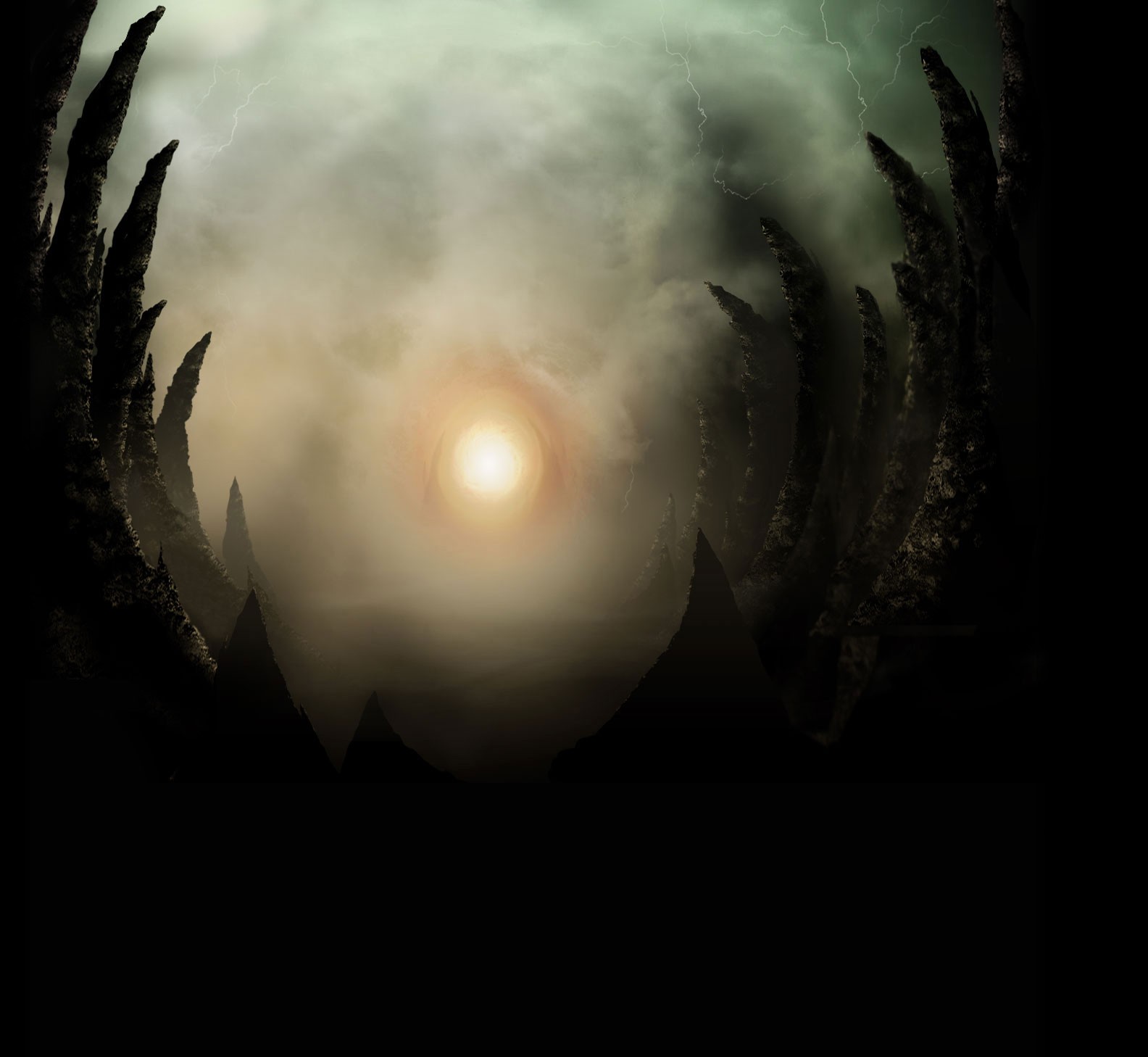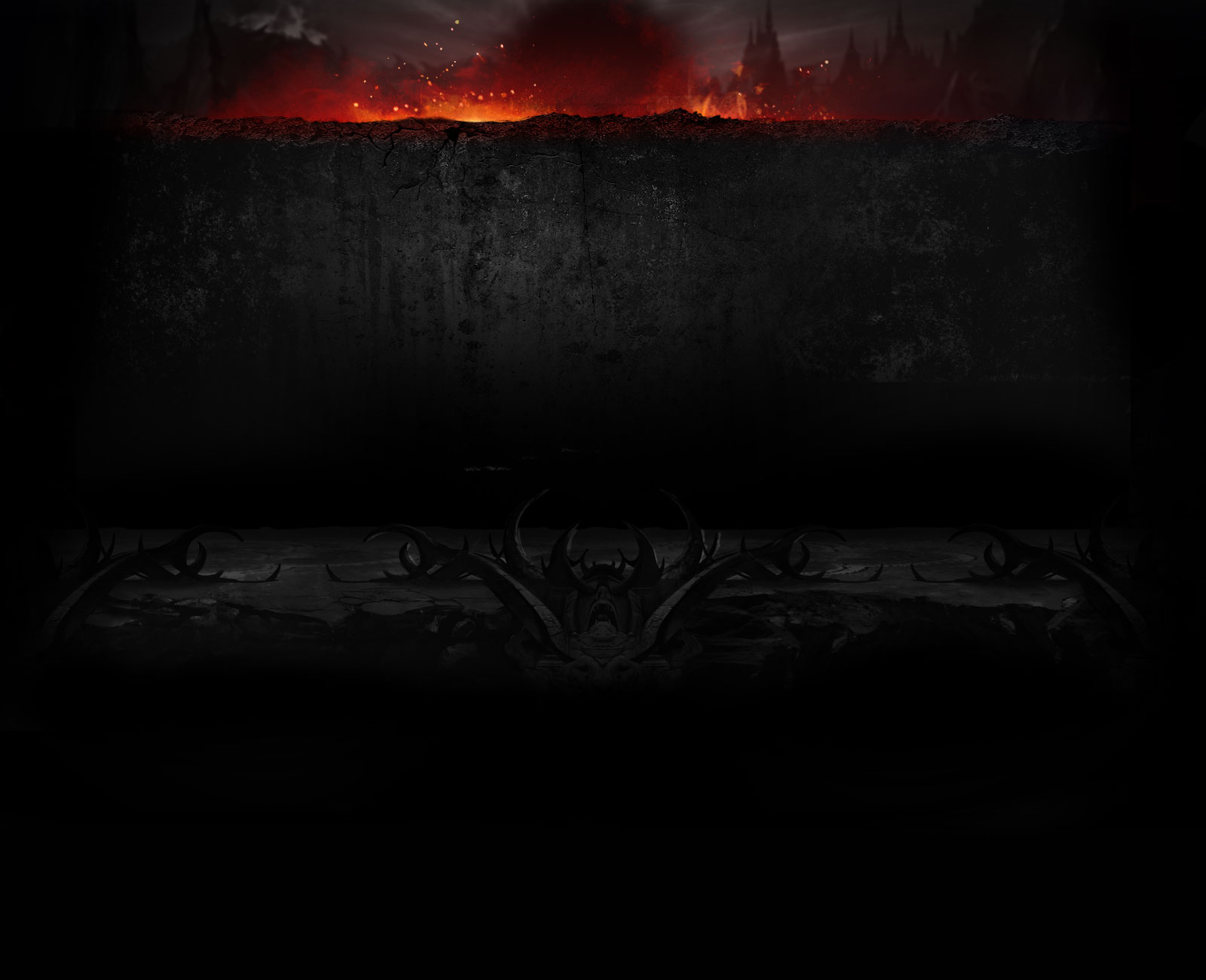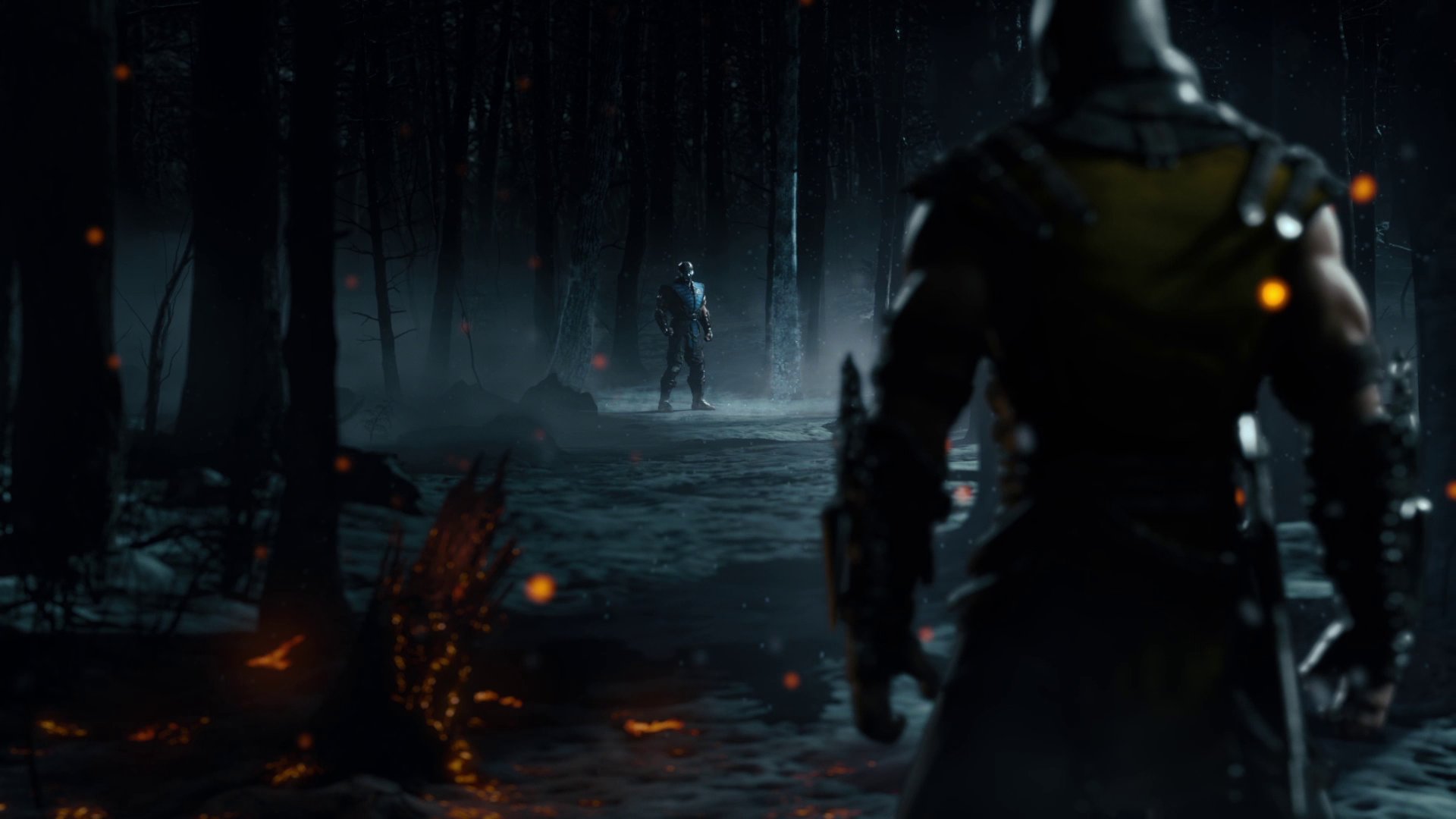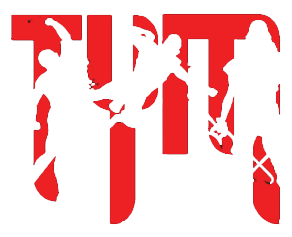MEJBelloz
Noob
Hello everyone!
Hoping someone could help me clarify something, but however I will need to describe it in terms of Street Fighter 5 (I believe this concept works for all fighting games, but giving myself a break from INJ2 currently).
So I've been working through Joe Munday's Gief's Gym guide to try and finally learn some fundamentals instead of just learning a combo and jumping-in all the time. I have recently learnt how to hit-confirm for Nash (cr.mp, st.mp xx sonic scythe) - if I recognise my cr.mp has hit, I finish my combo, however if it is blocked I stop the string at the cr.mp so I'm not punished.
What I am noticing is that if I stop my string after the cr.mp, the oppoent seems to be able to pressure me instantly, or I have not pushed myself far enough away as not to be jabbed by my opponent.
In the guide it doesn't mention anything other than stop at cr.mp if you recognise that it is blocked - but from what I see other people do, they seem to complete strings that when I block, they are pushed outside of my quick punish range.
So my question.... once I hit confirm the cr.mp has blocked should I be changing the end of the string based on the circumstance (e.g. end with a push back string, or safe special if blocked), or should I still be stopping on the cr.mp when blocked?
Hope this makes sense!
Hoping someone could help me clarify something, but however I will need to describe it in terms of Street Fighter 5 (I believe this concept works for all fighting games, but giving myself a break from INJ2 currently).
So I've been working through Joe Munday's Gief's Gym guide to try and finally learn some fundamentals instead of just learning a combo and jumping-in all the time. I have recently learnt how to hit-confirm for Nash (cr.mp, st.mp xx sonic scythe) - if I recognise my cr.mp has hit, I finish my combo, however if it is blocked I stop the string at the cr.mp so I'm not punished.
What I am noticing is that if I stop my string after the cr.mp, the oppoent seems to be able to pressure me instantly, or I have not pushed myself far enough away as not to be jabbed by my opponent.
In the guide it doesn't mention anything other than stop at cr.mp if you recognise that it is blocked - but from what I see other people do, they seem to complete strings that when I block, they are pushed outside of my quick punish range.
So my question.... once I hit confirm the cr.mp has blocked should I be changing the end of the string based on the circumstance (e.g. end with a push back string, or safe special if blocked), or should I still be stopping on the cr.mp when blocked?
Hope this makes sense!






